SUMMARY
This is AI generated summarization, which may have errors. For context, always refer to the full article.
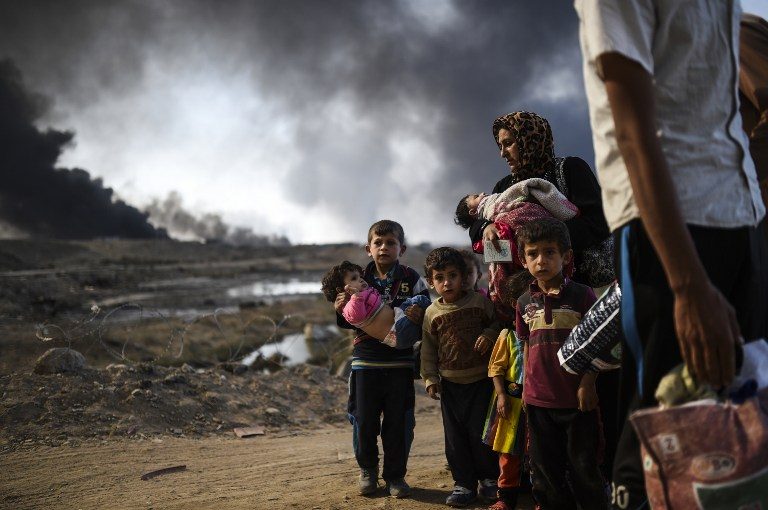
Surreal. It’s not this year’s “Word of the Year” for nothing.
Things that were unthinkable just 12 months prior became reality, coming as a shock to many. But the impact will resonate in the years to come.
Here is a look at some of the biggest stories from the past year – from disasters to political quakes – that shook our world.
ISIS losing ground – but terror continues
Multiple ground assaults and a deluge of air strikes shrank the Islamic State’s (ISIS) “caliphate” to a rump and decimated its fighters in 2016 but the organization remains a potent threat.
The jihadists have squandered close to half of the land they controlled in 2014, suffering many losses this year. The group lost major cities, such as Fallujah in Iraq and Dabiq in Syria; driven out of Ramadi and Manbij as well as Libya’s Sirte.
At present, there is an ongoing battle to retake Mosul, with tens of thousands of Iraqi forces backed by air strikes from a US-led coalition working to retake Iraq’s second largest city.
Despite this, there is still a lack of coordination among the various, sometimes rival, anti-ISIS forces. The jihadists have also shown in two months of fighting in Mosul they would not be defeated easily.
As it continues to lose territory in Iraq, Syria and Libya, ISIS claims responsibility for, or inspires, deadly attacks around the world, including western countries: France (86 killed in Nice), the United States (49 dead in Orlando), Belgium (32 dead in Brussels), and Germany.
Attacks blamed on ISIS or on Kurdish guerrillas hit Turkey, leaving dozens dead.
West Africa suffers attacks by Al-Qaeda, notably in Burkina Faso and the Ivory Coast.
Syria: No end in sight
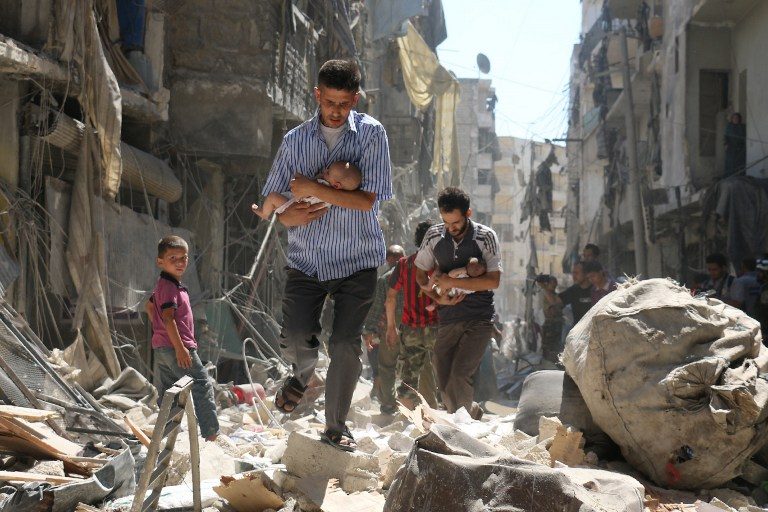
The conflict in Syria nears its 6th year, and it seems a resolution isn’t in the horizon.
Peaceful pro-reform protests against the regime of President Bashar al-Assad, which began on March 15, 2011, were met with repression, prompting an armed uprising that later descended into a multi-sided nationwide conflict.
President Bashar al-Assad’s government, with key allies Russia and Iran, made big strides forward in the multi-sided civil war. Syrian regime forces, backed by Russian air strikes, launch an offensive against rebels around the northern city of Aleppo, with rebels losing stronghold after stronghold.
Aleppo, once Syria’s crowning jewel, became the center of an all-out war. On September 22, the army announces the launch of a major offensive to retake the rebel-held east of the battleground city of Aleppo that it has besieged since July.
Syria’s second city and former economic capital has been divided since 2012 – the regime controls the western districts while the east is in rebel hands.
On November 15, the regime, backed by its allies, renews its assault, carrying out its fiercest bombardment in two years. The regime recaptures the eastern sectors in a rapid advance lasting less than a month.
On December 22, the army declares it has full control of Aleppo, after the last convoy of civilians and rebel fighters left the last rebel pocket of the city under a withdrawal deal.
The conflict rages on, despite world powers trying to broker peace. And caught in the middle are the civilians.
Two young children became the face of Syria’s misery. First was the “boy in the ambulance,” Omran Daqneesh, whose bloodied, shell-shocked face rattles the world. Then later in the year, tweets from a little girl named Bana Alabed became viral, with her blow-by-blow updates from within bombed-out Aleppo.
Omran and Bana exemplified the trauma of thousands of Syrian civilians – particularly children – caught in the crossfire of a conflict with no end in sight.
Populism on the rise
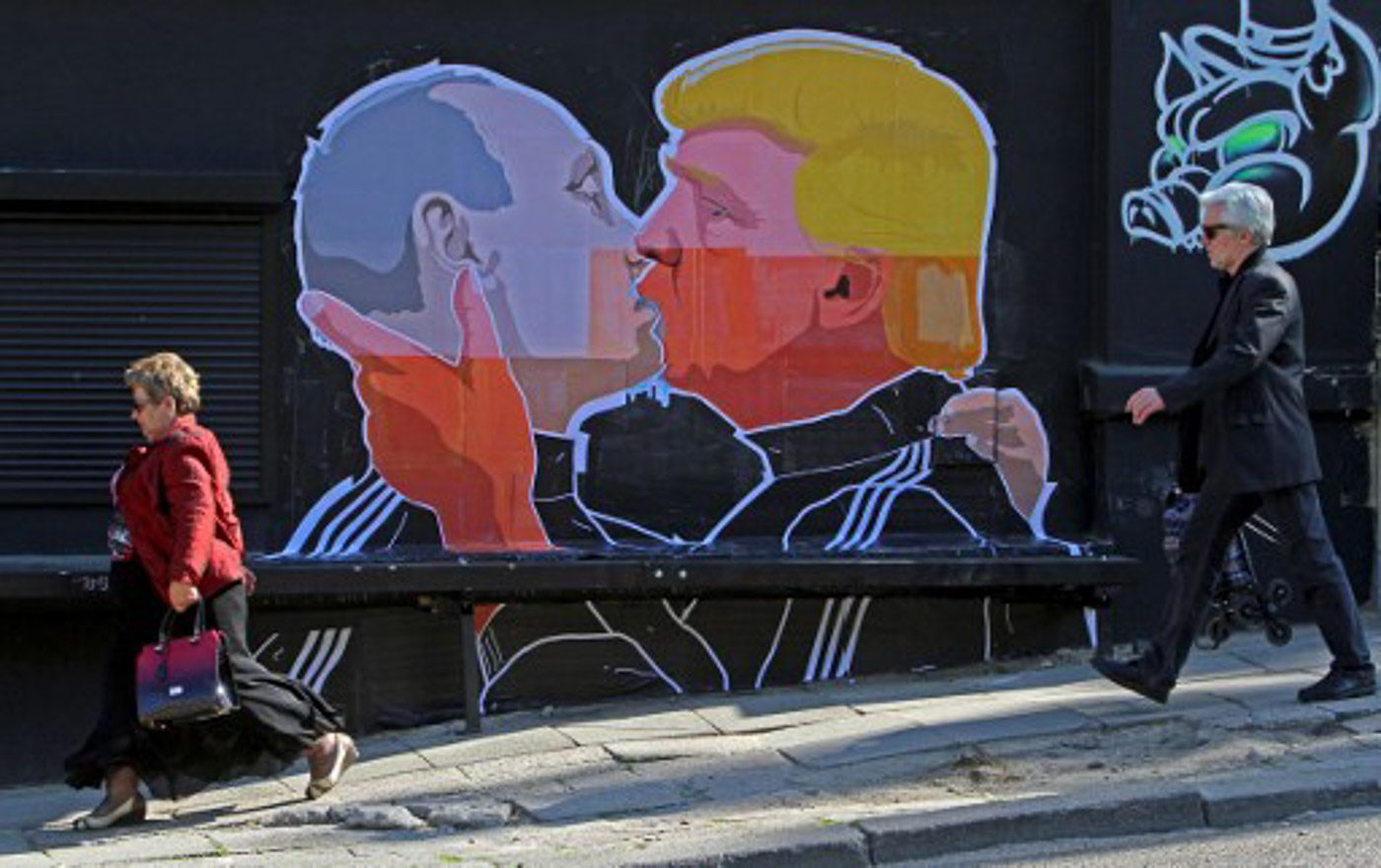
Donald Trump and Brexit: 2016 was a year of populist earthquakes on both sides of the Atlantic, spelling uncertainty for the upcoming European elections and the direction of US policy.
On June 23 and November 8, millions of Britons and Americans, respectively, rejected the establishment in what Richard Wike of the Pew Research Center interpreted as a surge of anxiety about globalization, immigration, and terrorism.
Globalization and immigration have shifted the jobs market and demographics in the West. Many people, even in a country built by immigrants such as the United States, draw a connection between crime and immigration, Wike said.
Elsewhere in the world, 2016 is also marked by a surge in populism. In Asia, firebrand Rodrigo Duterte overwhelmingly wins the Philippines’ presidency in May, while in Europe, nationalist and far-right parties gain ground.
Across Europe, from the Netherlands to Poland, from Sweden to Italy, comparisons with the 1930s have become an echoing refrain.
There is now a plethora of populist movements seeking to rise up against established urban and political elites, and “return” their countries to the struggling middle classes.
Latin America goes right
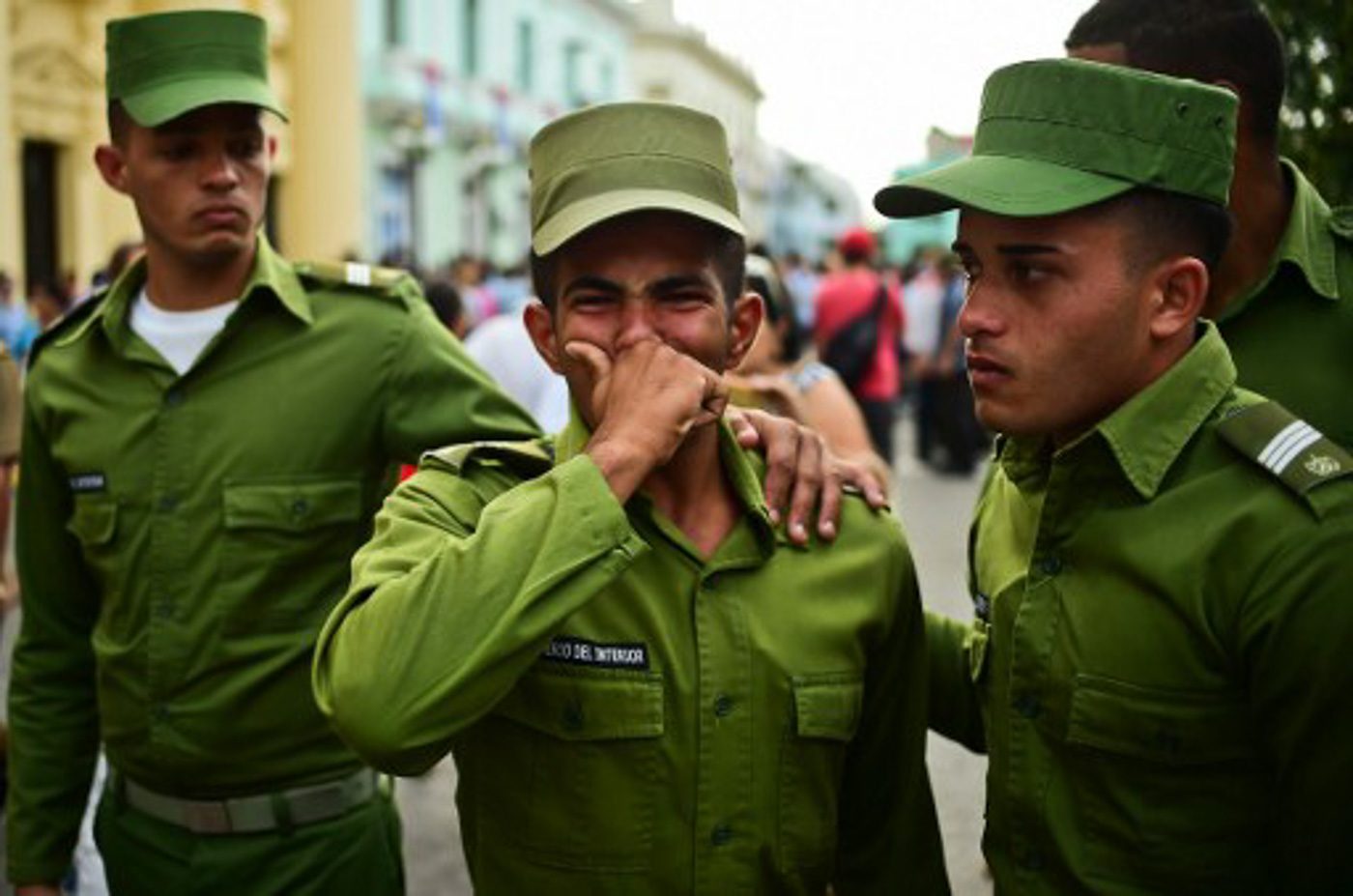
It’s been a bad year for the Latin American left, which lost its spiritual leader Fidel Castro: its “pink tide” has ebbed to new lows and the left also faces the menace of Donald Trump.
The band of union leaders, ex-guerrillas and other left-wing rabble-rousers that dominated Latin American politics for more than a decade has fallen from favor as the region’s economic boom of yesteryear has gone bust.
Of the 15 countries swept up in the so-called pink tide that began in the late 1990s, just 8 have leftist leaders today – and several of those are wobbling.
Charismatic figures such as Venezuela’s Hugo Chavez and Brazil’s Luiz Inacio Lula da Silva have given way to a new generation whose members fought to cling to power in 2016 (Nicolas Maduro in Venezuela) or lost it (impeached president Dilma Rousseff in Brazil).
In just over a year, center-right leaders have surged to power in Argentina, Peru, and Brazil. Venezuela’s right-leaning opposition won a landslide in legislative elections, while Bolivia’s Evo Morales lost a referendum to allow himself a fourth term.
More leftist leaders are due to bow out in 2017.
Migrants not welcome?
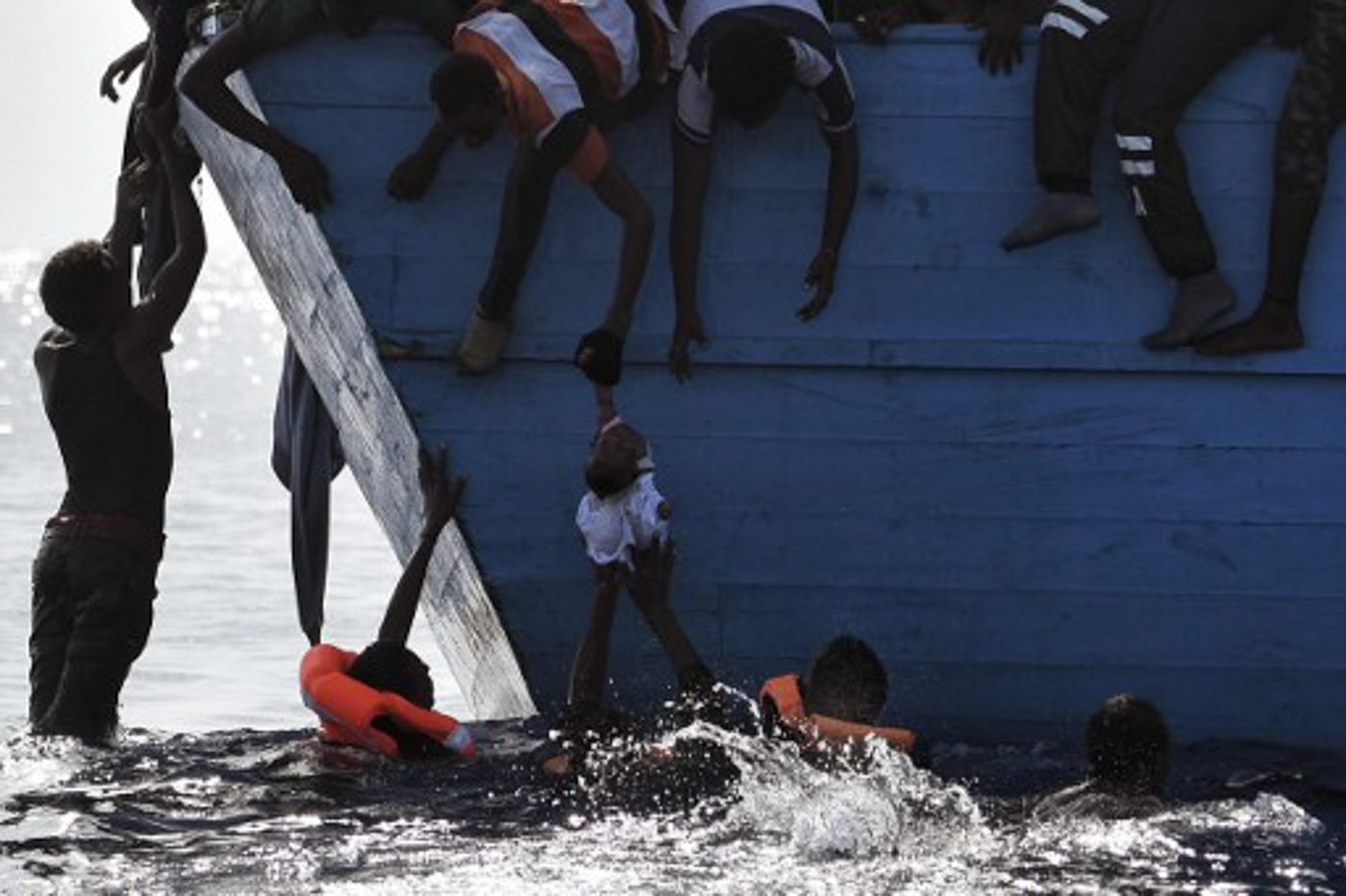
Walls are rising across the globe, literally and figuratively, keeping millions of people seeking to escape war, poverty, or persecution from reaching safe havens.
In February, the “Balkan route” from Greece to Germany taken by hundreds of thousands of migrants the year before, in closed.
In March, the EU and Turkey forge a deal for Ankara to halt the flow of migrants to Europe, an accord which is largely successful in reducing numbers crossing the Aegean Sea between Turkey and Greece.
However, the flow of migrants to Italy via the Mediterranean Sea reaches record levels and at least 4,700 people have died or are missing – feared drowned – this year while trying to cross the perilous sea.
In France, the notorious “Jungle” migrant camp near the port of Calais is finally closed in October, and an estimated 7,000 migrants are evacuated.
Scandal: Corruption exposed
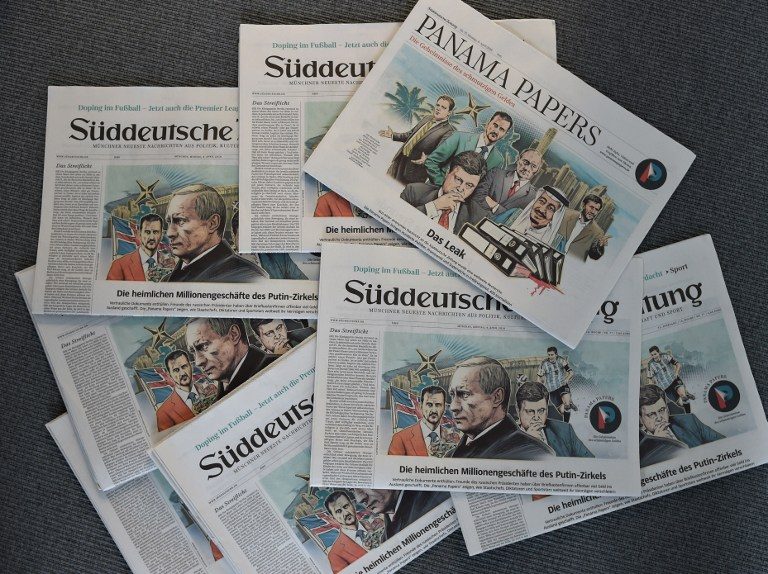
From the Panama Papers to the impeachments of the presidents of Brazil and South Korea, 2016 was a year marked by corruption scandals, and by rising public outrage over graft.
The Panama Papers leak in April – an unprecedented data dump – sparked much of the outrage early in 2016. Offshore companies used by many of the world’s famous, wealthy or powerful, or kin or aides close to them, were exposed.
Some heads of state have also certainly paid a price for perceived corruption in office.
In Brazil, President Dilma Rousseff was impeached in August, just days after the Rio Olympics, following big street protests fueled by the country’s deep recession. Much of the anger stemmed from a huge bribery and kickbacks scandal involving state oil company Petrobras. Rousseff was not impeached on the Petrobras allegations but on unrelated charges of cooking the government books.
South Korea’s President Park Geun-hye was also impeached this month.
Park faces a parliamentary inquiry into accusations of colluding with longtime friend Choi Soon-Sil to strongarm multimillion dollar donations from large companies for a couple of dubious foundations that Choi controlled and allegedly plundered.
The scandal ignited weekly mass demonstrations, some drawing crowds of more than a million people.
Other leaders, though, are still battling piling graft allegations against them.
One such official is Malaysian Prime Minister Najib Razak, whom the US alleges embezzled with his family and associates billions of dollars from a sovereign wealth fund.
Najib has shut down domestic investigations into the scandal, claiming a plot by enemies. But tens of thousands of protestors have held demonstrations demanding his resignation.
South Africa’s Jacob Zuma, nicknamed the “Teflon president” for his survival of multiple scandals, is also seeking to see his mandate through to 2019 with the backing of his ANC party, despite a court ruling he should face 783 counts of corruption.
The question is, will the rising public anger across the world translate into a lasting demand for cleaner politics?
2016 will go down in history books as the year of major turnarounds and surprise shifts that many did not see coming.
What will 2017 have in store? – With reports from Agence France-Presse and KD Suarez / Rappler.com
TIMELINE: The world’s top stories in 2016
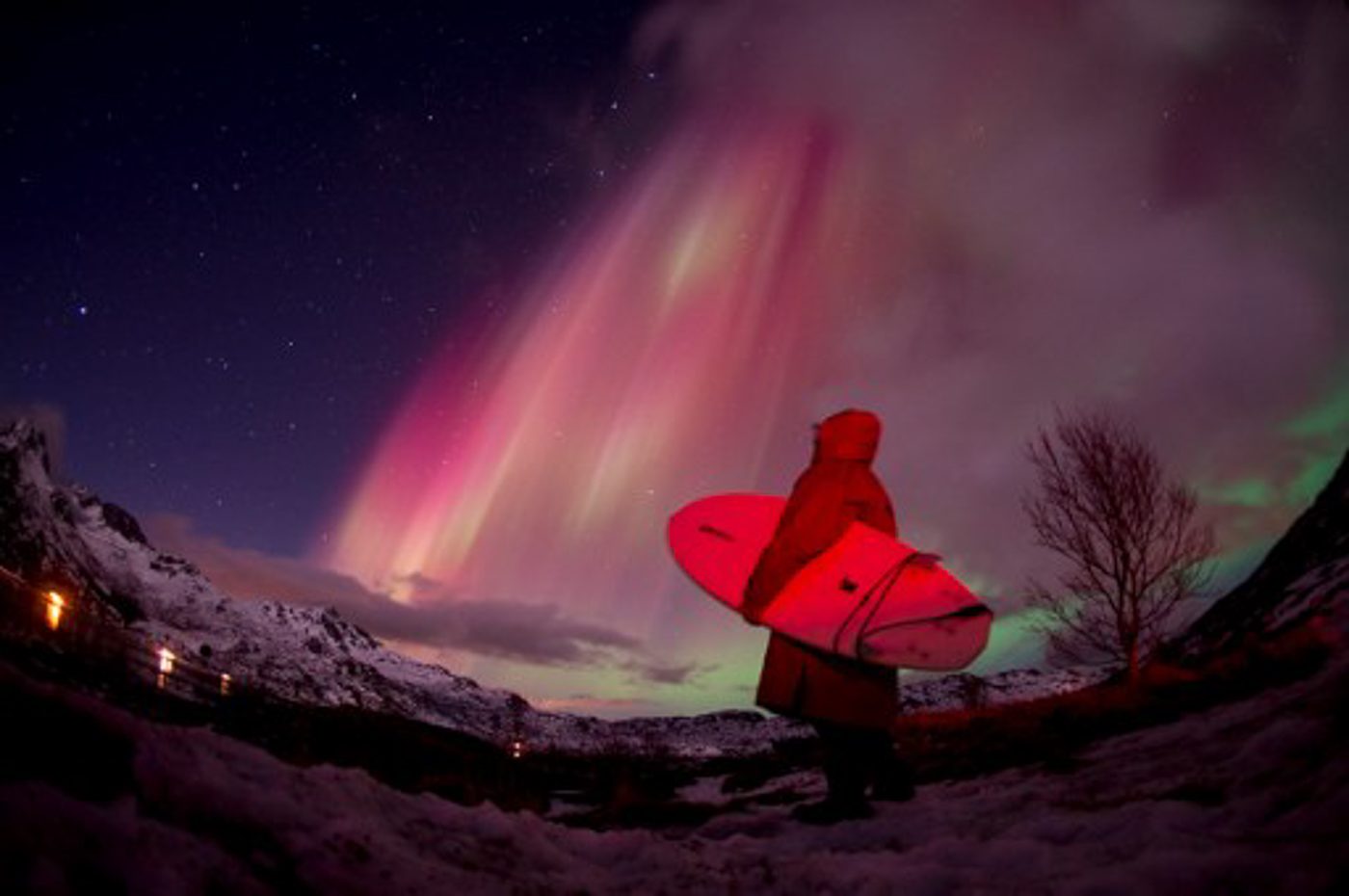
Top photo: Waves crash over Newhaven Lighthouse on the south coast of England on February 8, 2016, as the latest storm hits the country. Glyn Kirk/AFP
Add a comment
How does this make you feel?
There are no comments yet. Add your comment to start the conversation.